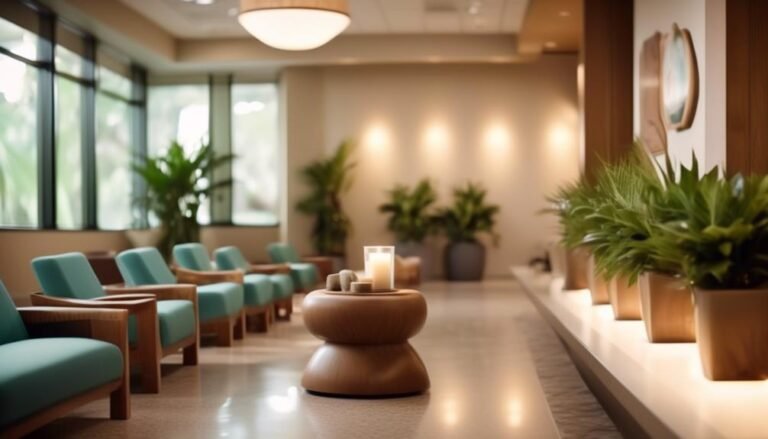Calm By Design: Reducing Anxiety In Pediatric Healthcare Spaces
Pediatric healthcare environments can be intimidating for children. Bright lights, unfamiliar sounds, and clinical equipment often contribute to stress. Thoughtful design can transform these spaces, helping children feel safe and supported while improving overall patient experience.
Color and Lighting Choices
Colors influence mood and perception. Soft, warm tones such as muted blues, greens, and yellows can create a soothing atmosphere. Harsh fluorescent lighting can be replaced with adjustable LED systems that mimic natural daylight, reducing overstimulation. Daylight access and large windows can also provide visual relief, connecting patients with the outside environment and promoting comfort during longer visits.
Spatial Layout and Circulation
The flow of a pediatric facility significantly impacts anxiety levels. Clear, intuitive circulation reduces confusion and prevents the feeling of being trapped. Waiting areas can be divided into zones, with separate spaces for play, quiet activities, and caregiver seating. Incorporating low partitions and open sightlines allows staff to monitor children easily while maintaining a sense of safety and independence.
Interactive and Engaging Elements
Play is a natural coping mechanism for children. Areas with interactive installations, reading corners, or simple tactile activities allow children to focus on something positive. Wall graphics, murals, and playful furniture contribute to a child-friendly environment. Even subtle sensory elements, such as textured walls or calming sounds, can provide distraction and reduce stress during medical procedures. Healthcare architecture firms often emphasize integrating these playful yet functional features to create engaging healthcare environments that balance safety with stimulation.
Comfort for Caregivers and Families
A calm pediatric space also supports caregivers and families. Comfortable seating, clear sightlines to the child, and private areas for consultation or quiet moments help reduce stress for adults. When caregivers are relaxed, children often mirror their emotions, improving cooperation and reducing the overall tension in the facility.
Thoughtful design in pediatric healthcare facilities directly impacts patient well-being. Color, lighting, spatial planning, and interactive elements can all reduce anxiety while promoting a positive experience. Attention to caregiver needs further strengthens the environment’s calming effect. Combining functional efficiency with psychological comfort ensures children receive care in a space that feels safe, engaging, and supportive. Look over the infographic below to learn more.







